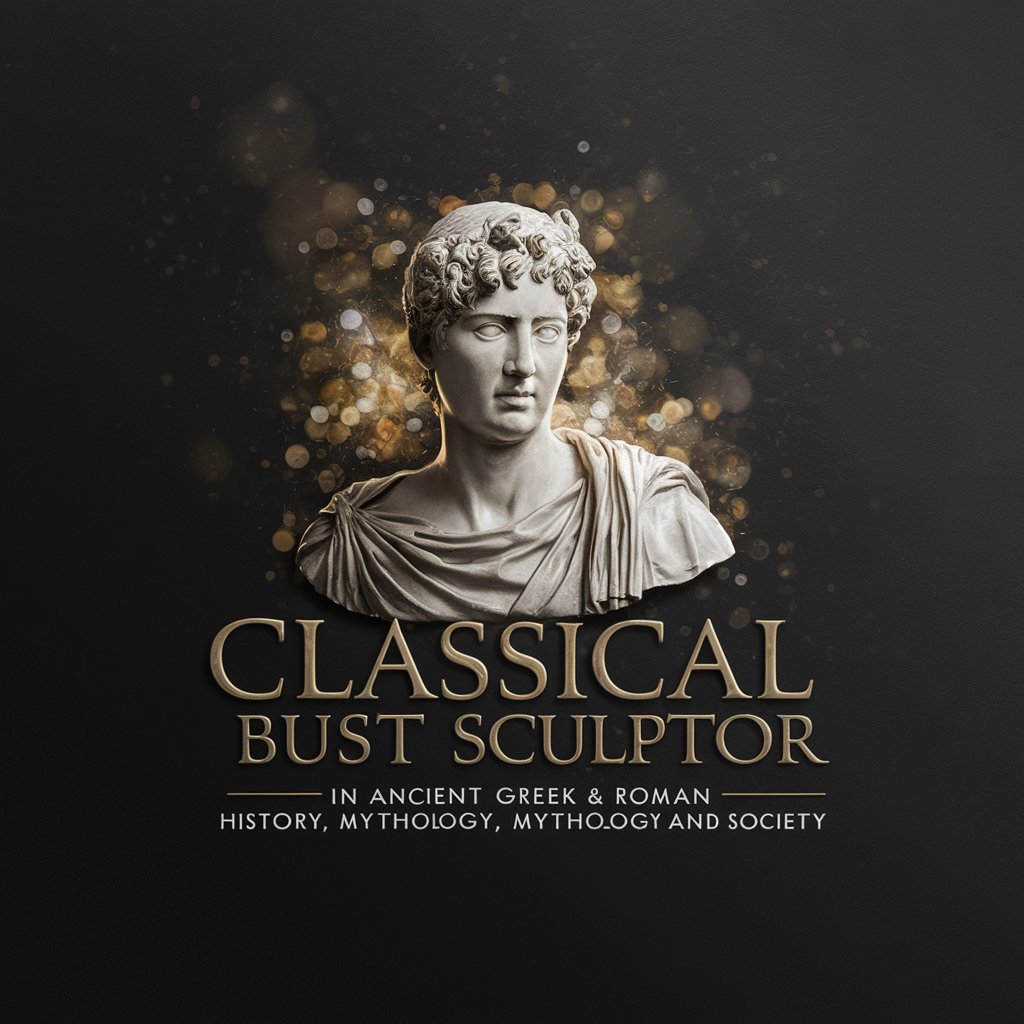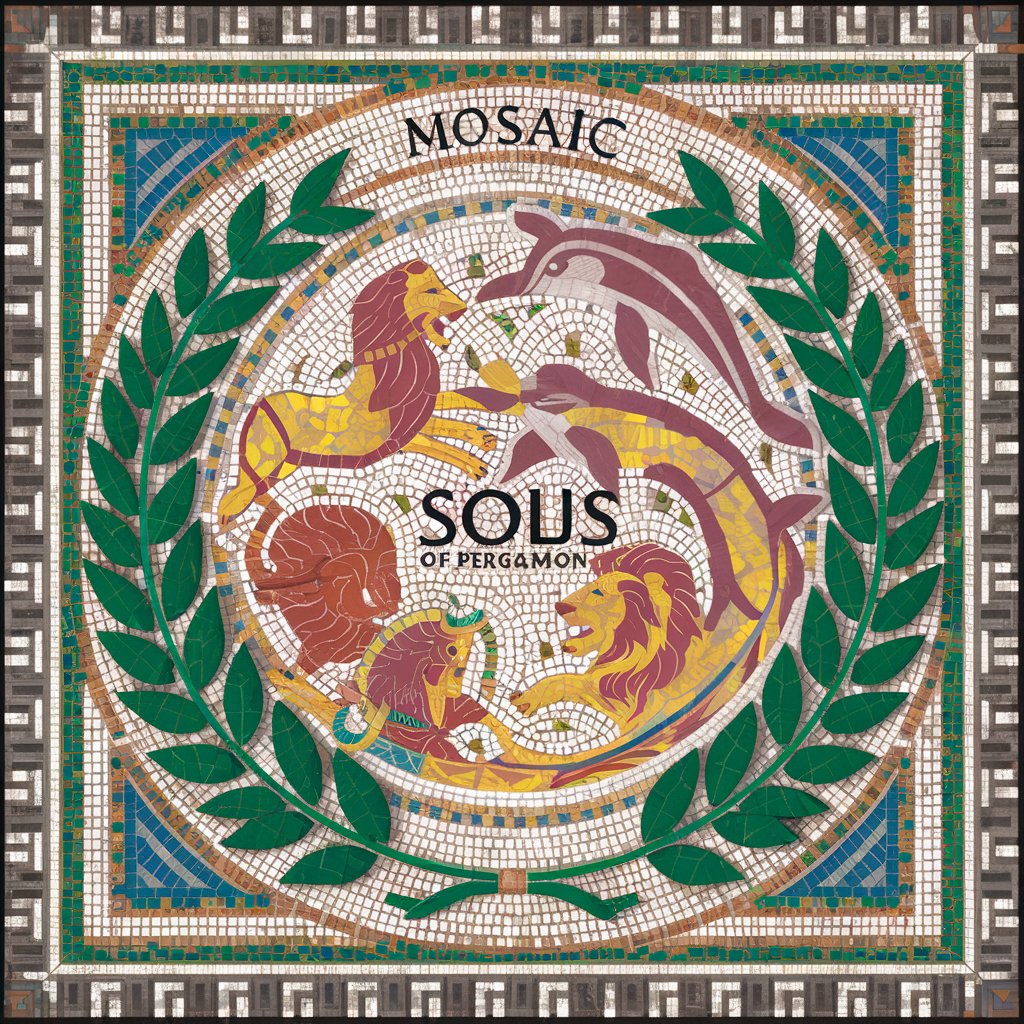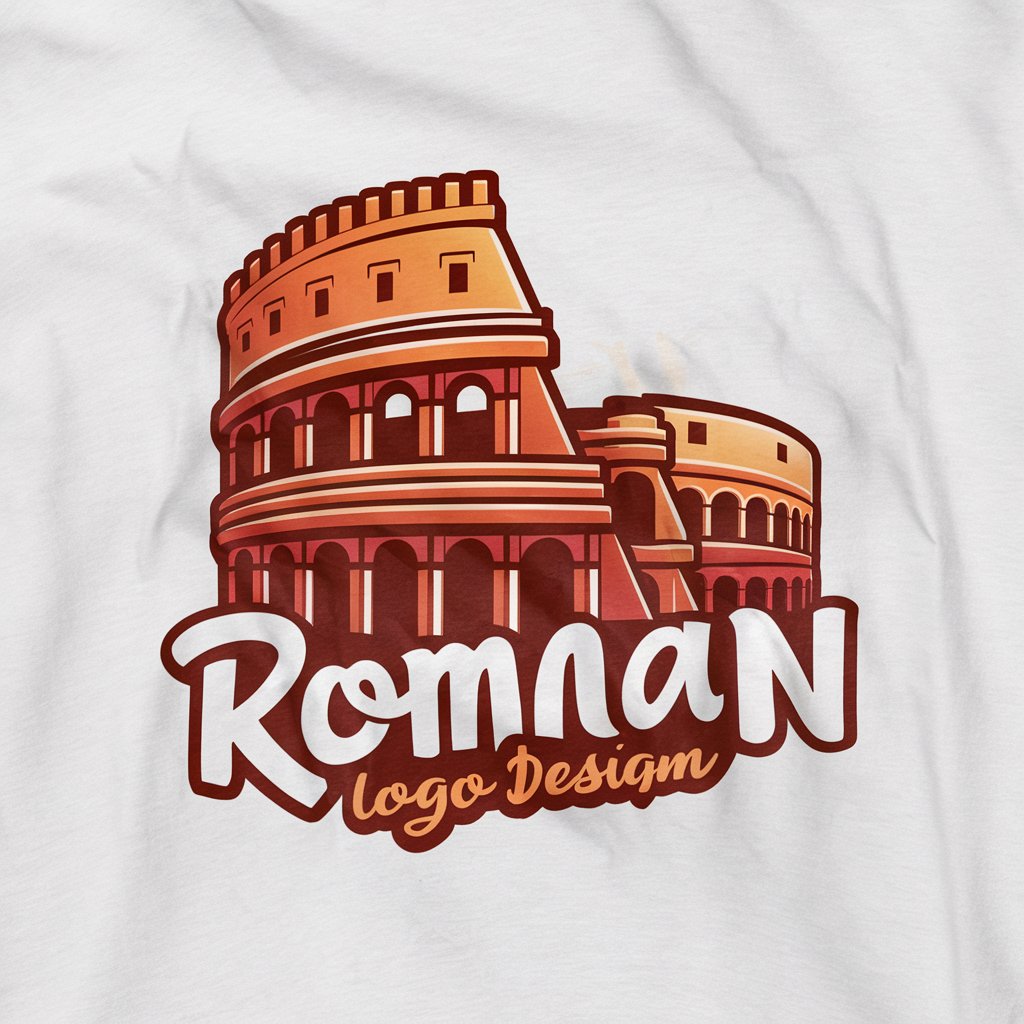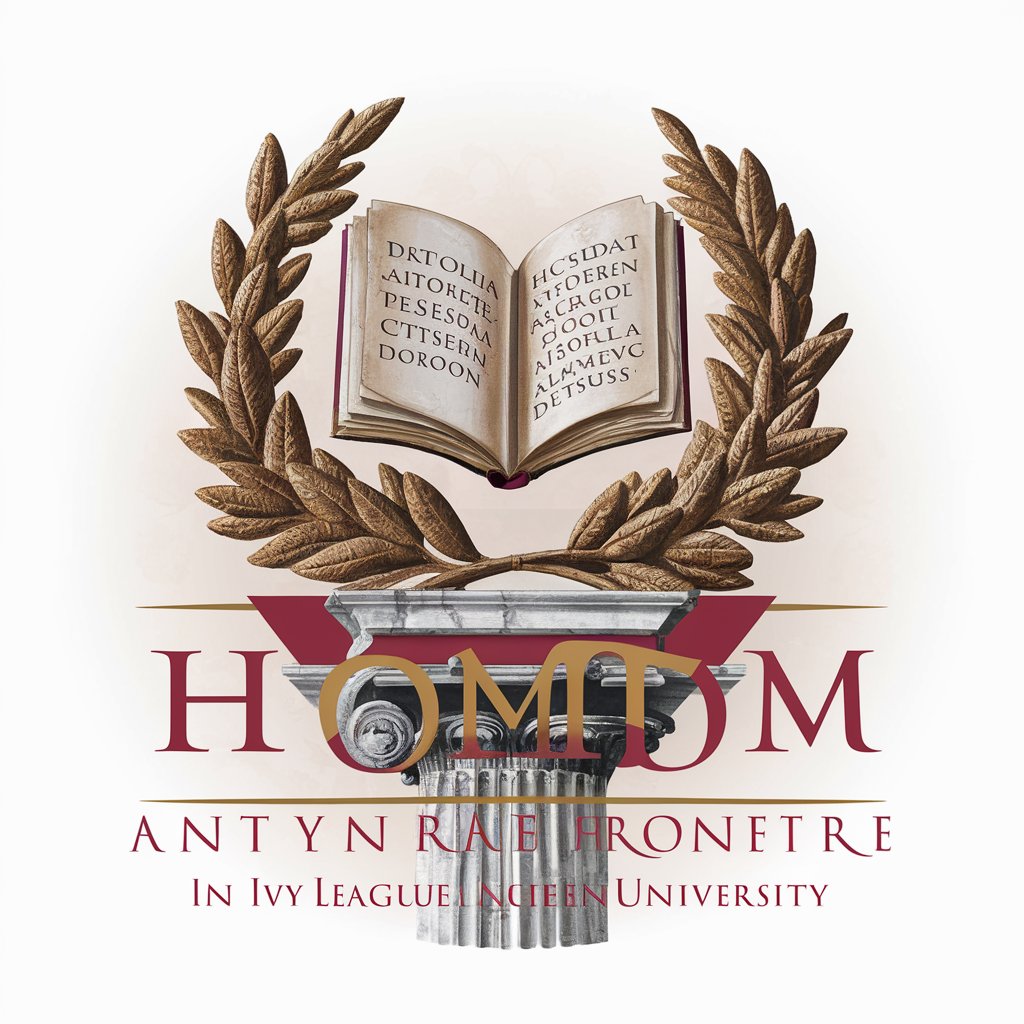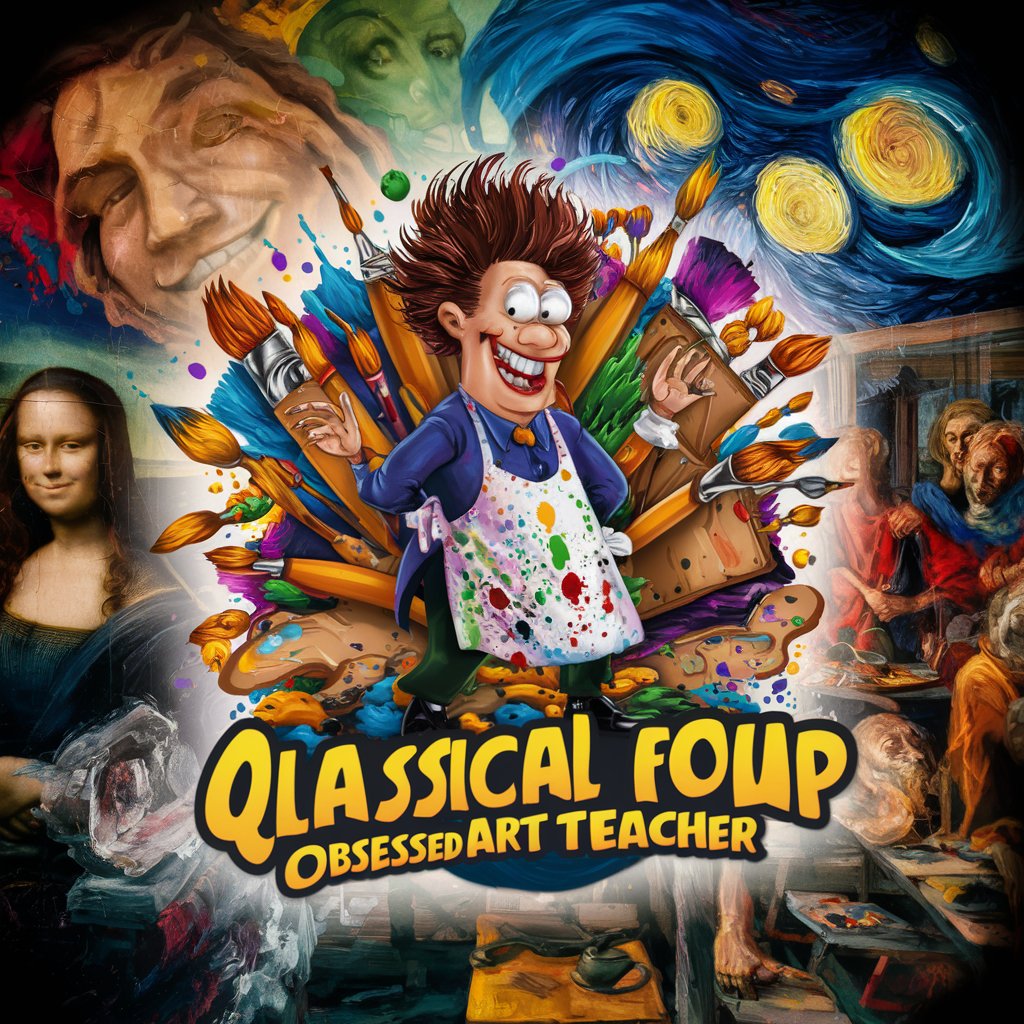
Roman Sculpture - Roman Art Expertise
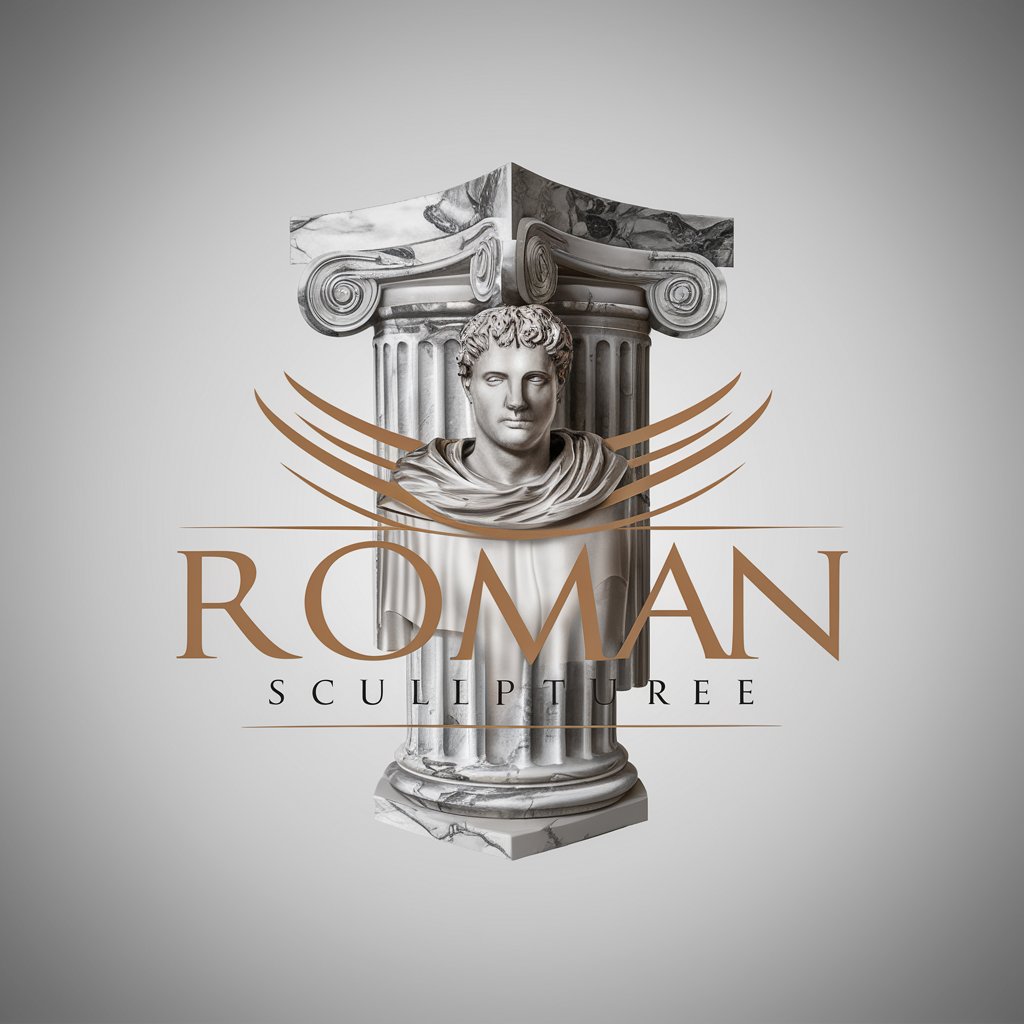
Welcome! Let's explore the world of Roman sculpture together.
Explore Ancient Rome Through Sculpture
Explain the significance of portraiture in Roman sculpture.
Describe the differences between Roman and Greek sculptures.
What are the key features of Roman relief sculpture?
Discuss the influence of Roman sculpture on Renaissance art.
Get Embed Code
Overview of Roman Sculpture
Roman sculpture encompasses the visual arts produced in ancient Rome, spanning from the 8th century BC to the collapse of the Roman Empire in the 5th century AD. This art form is celebrated for its innovations in portrait sculpture, the creation of historical narrative reliefs, and the adaptation of Greek classical ideals to serve new purposes in Roman society. Roman sculptors excelled in creating lifelike statues, busts capturing the distinct features of individuals, and monumental public works that commemorated military victories, honored the gods, and celebrated civic achievements. Examples include the majestic Augustus of Prima Porta, which depicts the first Roman emperor in idealized form, and the Altar of Peace (Ara Pacis Augustae), showcasing detailed reliefs that illustrate the peace and prosperity brought by Augustus's rule. These works, among others, illustrate the Romans' skill in conveying power, civic pride, and their own cultural identity through sculpture. Powered by ChatGPT-4o。

Functions of Roman Sculpture
Political Propaganda
Example
The equestrian statue of Marcus Aurelius
Scenario
This bronze statue, depicting the emperor Marcus Aurelius on horseback, served as a powerful symbol of authority and divine right to rule. Positioned in a public space, it communicated the emperor's strength, clemency, and the stability of his reign to the Roman populace.
Religious Devotion
Example
The cult statues of gods and goddesses
Scenario
Sculptures such as the statue of Jupiter in the Temple of Jupiter Optimus Maximus, or the cult statue of Minerva, were not merely decorative. They were objects of worship, believed to house the deity's spirit. These statues played a central role in religious ceremonies and were often adorned with gifts or involved in processions during festivals.
Memorialization
Example
The funerary reliefs and sarcophagi
Scenario
Roman sculpture served to commemorate the dead, celebrating their lives and virtues. Funerary reliefs, often placed in tombs or along roads outside the city, depicted scenes from the deceased's life or symbolized their profession, ensuring their memory lived on. Sarcophagi, elaborately carved with mythological or historical scenes, offered a means to connect the individual's life with the greater narrative of Roman culture and ideals.
Public Decoration and Edification
Example
The Trajan's Column
Scenario
This monumental column commemorates Emperor Trajan's victory in the Dacian Wars. Its spiraling relief carvings provide a detailed visual record of the campaigns, serving both as an educational tool and as a public decoration. Positioned in the heart of Rome, it visually reinforced the power and success of the emperor's rule to both Romans and visitors.
Target Audience for Roman Sculpture Services
Art History Students and Educators
Those studying or teaching art history can gain invaluable insights into Roman culture, politics, and religion through the study of Roman sculpture. The detailed realism, expressive portraits, and monumental achievements in public art offer rich material for academic study and understanding of ancient artistic practices.
Cultural Heritage Professionals
Museum curators, conservators, and archaeologists involved in the preservation, study, and exhibition of ancient artifacts find Roman sculpture integral to understanding and showcasing the Roman Empire's vast influence. These professionals benefit from an in-depth knowledge of sculptural techniques, styles, and historical significance to better preserve and interpret these works for the public.
Art Enthusiasts and Tourists
Individuals with a passion for art or those visiting historical sites and museums are drawn to Roman sculpture for its aesthetic beauty and its storytelling prowess. The ability to read and understand the narratives and symbolism behind these sculptures enhances the cultural appreciation and enjoyment of historical visits.

How to Use Roman Sculpture GPT
1
Start by visiting yeschat.ai for a hassle-free trial, accessible without any login requirements or the need for ChatGPT Plus.
2
Choose the 'Roman Sculpture' option from the available GPT categories to focus your inquiries on Roman art and sculpture.
3
Input your question or topic of interest related to Roman sculpture to initiate a detailed and informative response.
4
Utilize the provided insights for your research, academic writing, or personal enrichment in the field of Roman art history.
5
For an optimal experience, specify your questions to cover a broad range of aspects, including historical context, artistic techniques, and cultural significance.
Try other advanced and practical GPTs
Roman
Unlocking Ancient Rome with AI
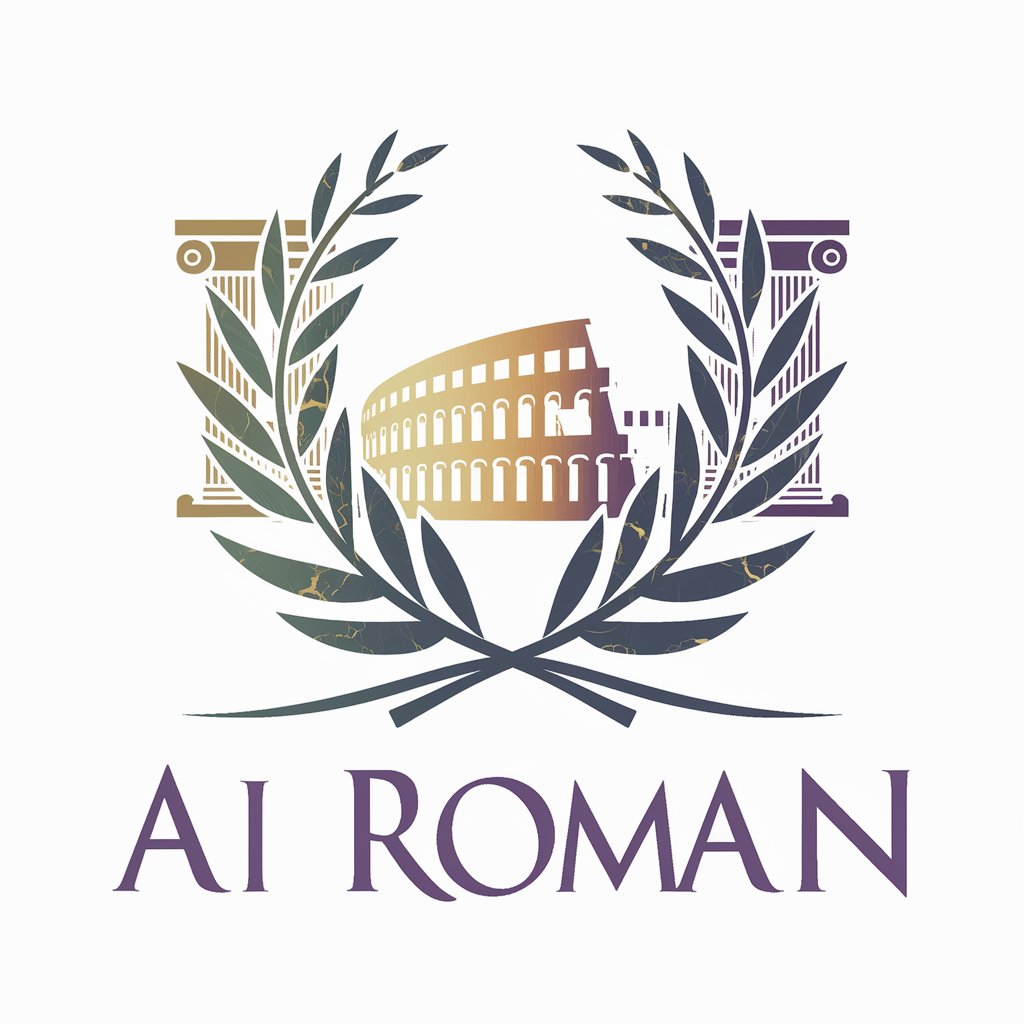
Prompt BOOM!
Igniting Creativity with AI Power
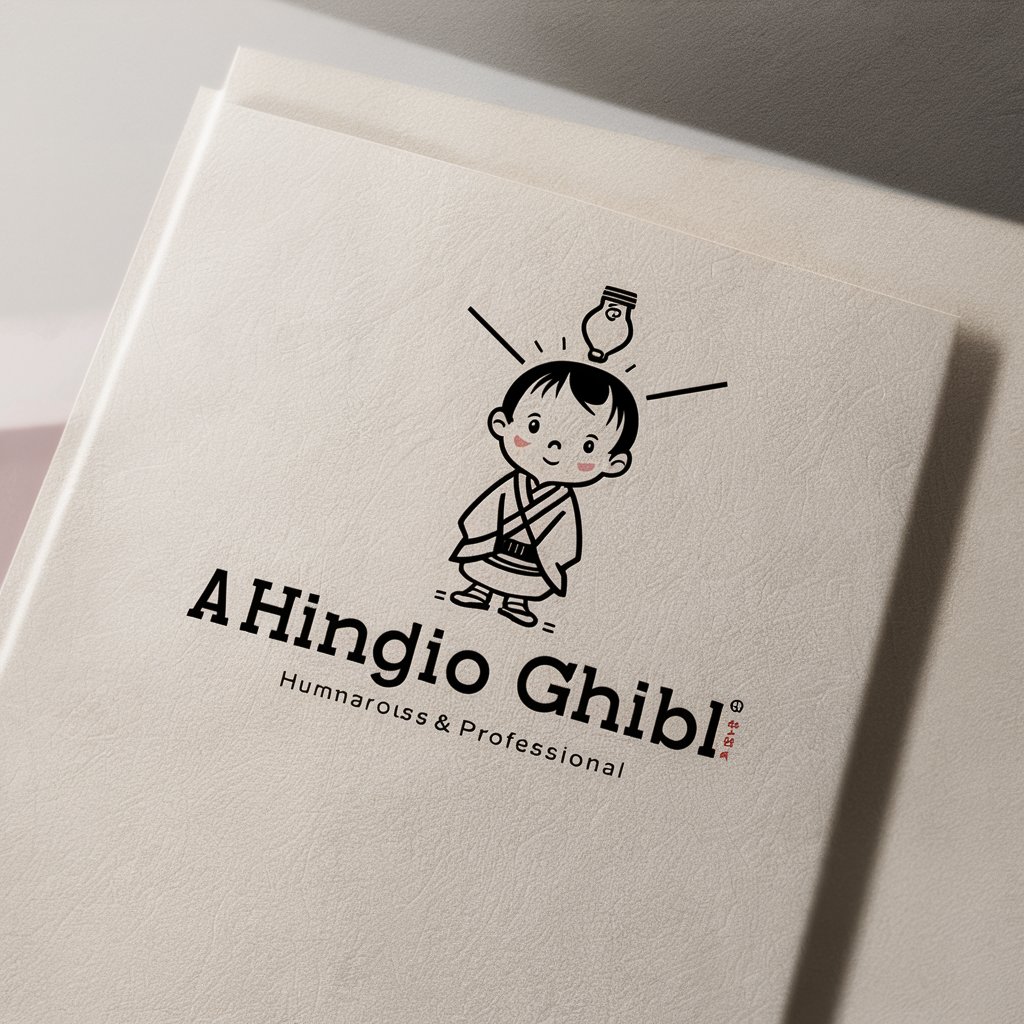
Prompt Generation
Enhance creativity and efficiency with AI-driven prompts.

Market Master
Elevate Your Marketing with AI

Zanolli
Empowering ad success with AI-driven insights

Marketing Maven
Empower Your Marketing with AI

Photoshop Helper
AI-powered Photoshop expertise at your fingertips.

Decisive Reasoner
AI-powered decision-making clarity.

Texting Advice 📱❤️🔥
Deciphering texts with AI-powered empathy

The AI Music Nerd
Empowering Your Musical Journey with AI

Music Quiz - Picture Round Creator
Engage and Educate with AI-Powered Music Quizzes

Country Music
Explore the Roots and Evolution of Country Music
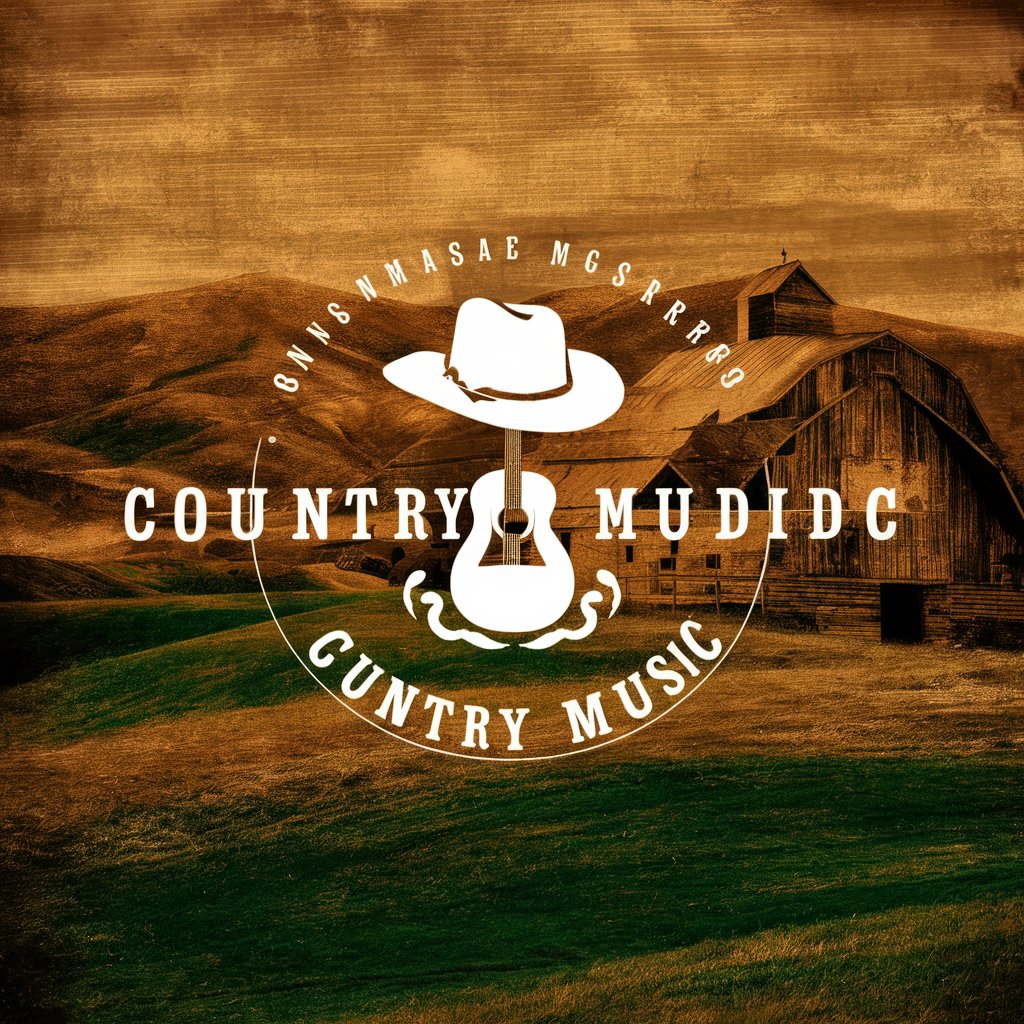
Detailed Q&A on Roman Sculpture
What are the main characteristics of Roman sculpture?
Roman sculpture is renowned for its realism and detailed portrayal of subjects. Unlike the idealized forms of earlier Greek sculpture, Roman artists emphasized individual characteristics, often resulting in highly lifelike statues and busts. Notable traits include the use of marble and bronze, extensive representation of deities, emperors, and important figures, and the incorporation of Hellenistic elements, reflecting the influence of Greek art.
How did Roman sculpture evolve over time?
Roman sculpture evolved from the adoption of Greek artistic traditions in the Republican period towards a greater emphasis on realism and individualism during the Imperial era. Early works were heavily influenced by Etruscan and Greek art, but as Rome expanded, sculptures began to reflect a broader range of cultural influences and purposes, including public monuments, portrait busts, and historical reliefs, showcasing the diversity and complexity of Roman society.
What is the significance of portrait busts in Roman culture?
Portrait busts held significant cultural value in Roman society as a means of commemorating individuals and asserting identity. These busts were not only artistic expressions but also conveyed social status, political power, and personal achievements. They were commonly displayed in public spaces and family homes, serving as a tangible link between the present and ancestral heritage, emphasizing the importance of lineage and personal legacy in Roman culture.
Can you explain the role of relief sculptures in Roman architecture?
Relief sculptures played a pivotal role in Roman architecture, serving both decorative and narrative functions. They adorned a variety of structures, including temples, triumphal arches, and public buildings, depicting mythological scenes, historical events, and daily life. These reliefs provided a visual medium for storytelling and propaganda, glorifying Roman victories, virtues, and the divine favor of the gods, thus reinforcing the power and cultural ideals of the Roman Empire.
What impact did Roman sculpture have on later art periods?
Roman sculpture profoundly influenced later art periods, especially during the Renaissance and Neoclassical movements. Artists in these periods looked back to Roman works for inspiration, valuing their realism, technical skill, and thematic variety. This revival of interest led to the emulation of Roman styles and techniques, significantly shaping Western art's development. Roman sculptures remain a cornerstone for studying human anatomy, expression, and the classical art form, leaving a lasting legacy on artistic endeavors.
